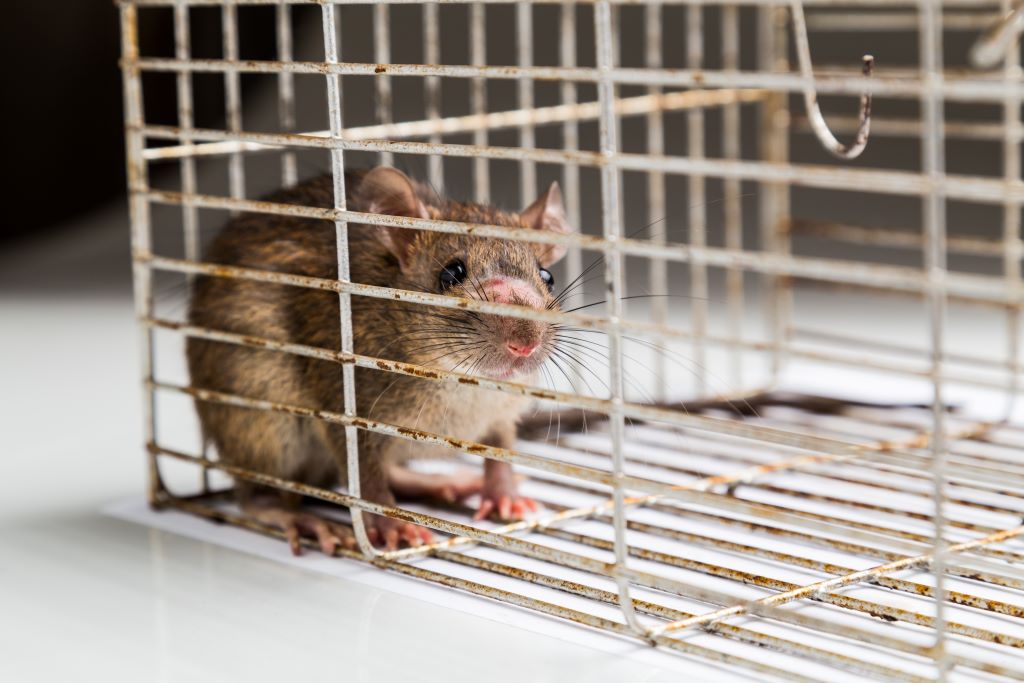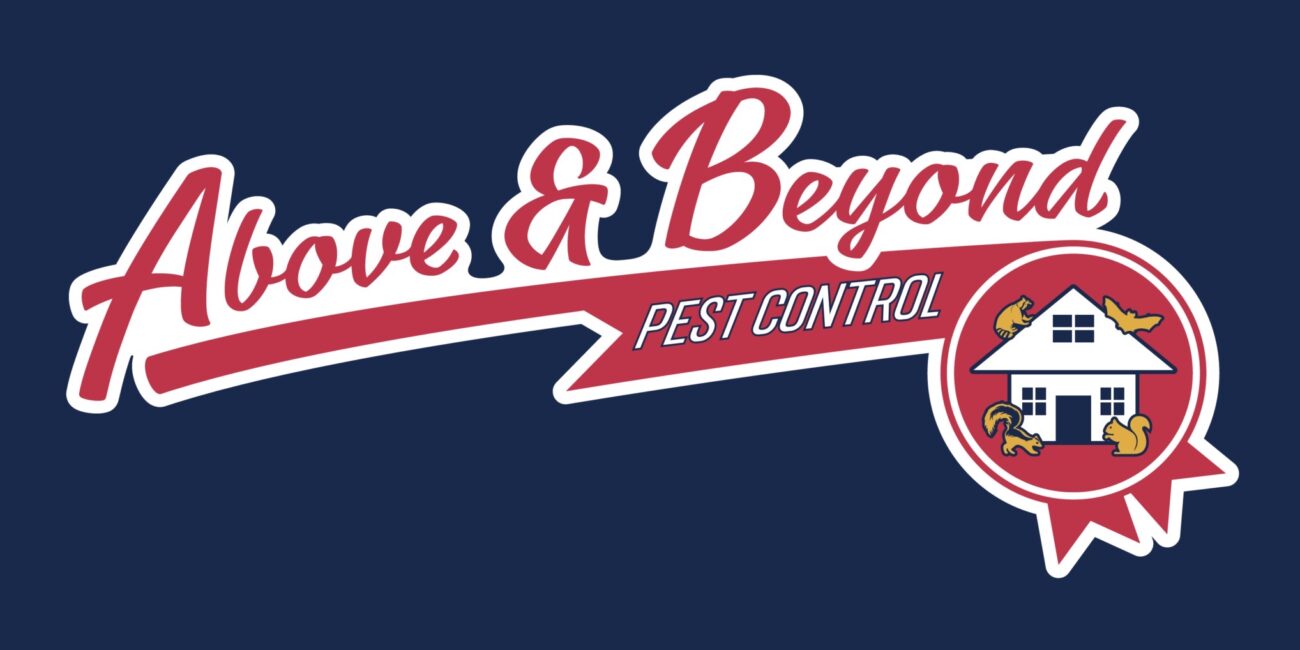
Differentiating between Mice and Rats
Mice and rats are two of the most common pests found in homes and businesses worldwide. While they may look similar at first glance, several key differences between these two rodents can help you identify which pest you are dealing with. Understanding these differences is essential for effective pest control, as the methods used to eradicate mice may not work for rats and vice versa.
This article will explore the key differences between mice and rats and discuss the best ways to prevent and control their populations.
1. Appearance
The first thing most people notice when trying to differentiate between mice and rats is their appearance. Mice are typically smaller and slimmer than rats, with pointed noses and large ears. Their fur is usually brown or grey, and they have long, thin tails.
Rats, on the other hand, are larger and bulkier than mice, with blunt noses and smaller ears. They have shaggy fur ranging from brown to black, and their tails are shorter and thicker than those of mice.
2. Size
As mentioned above, one of the easiest ways to tell the difference between mice and rats is by their size. Mice are usually between five and eight inches long, including their tails, while rats can grow up to 18 inches long from nose to tail. This size difference can also affect the damage that these rodents can cause, as rats are capable of chewing through thicker materials than mice.
3. Behavior
Mice are typically more curious and exploratory than rats, often seen scurrying around for food. They are also more likely to enter homes through small cracks and openings, as they can squeeze through spaces as small as a dime.
Rats, on the other hand, are more cautious and tend to avoid unfamiliar environments. They are often found in basements, attics, and other secluded areas where they can hide and build nests.
4. Damage
Both mice and rats can cause significant damage to homes and businesses.
Mice are known for their ability to chew through wires, insulation, and other materials, which can lead to electrical fires and other hazards. They are also known to contaminate food with their droppings and urine, which can cause health problems for humans and pets.
Rats are even more destructive than mice, as they can chew through thick materials like concrete and metal. They can cause structural damage to buildings, as well as damage to crops and other outdoor areas.
5. Health Problems
In addition to the damage they cause, mice and rats can pose serious health risks to humans and pets. Both rodents are known carriers of diseases like salmonella and hantavirus, which can be transmitted through their droppings and urine. They can also carry fleas and ticks, spreading diseases like Lyme disease and plague. In extreme cases, exposure to these pests can even lead to death.
Final Thoughts
If you suspect a mouse or rat infestation in your home or business, it is crucial to take action as soon as possible. The longer you wait, the more damage these pests can cause and the greater the risk to your health and safety. The best way to prevent rodent infestations is to keep your home or business clean and free of clutter, seal any openings or cracks in your walls and foundation, and store food in airtight containers.
If you have a new jersey pest control, it is best to seek professional help from a reputable pest control company like Above and Beyond Pest. Our New Jersey pest control experts can help you identify the type of pest you are dealing with and develop a customized plan for eradication and prevention. Contact us today for more information!
